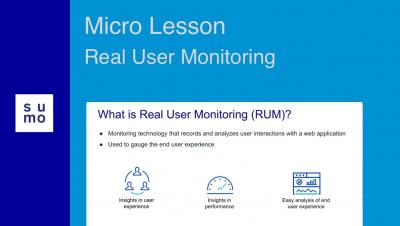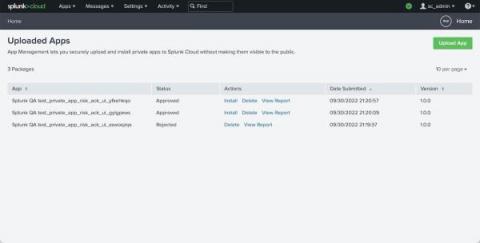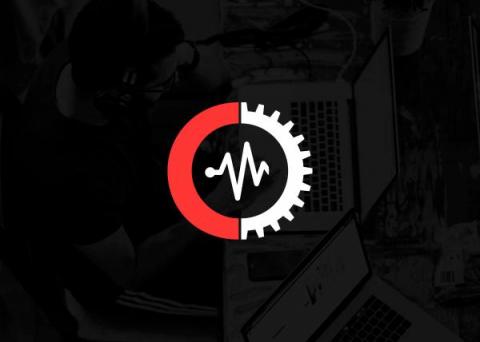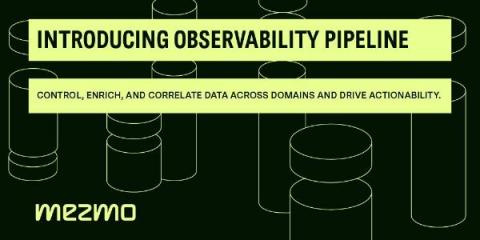Data Normalization Explained: How To Normalize Data
Virtually every business utilizes some form of data collection, no matter how big or small. While large-scale enterprises have more established methods for collecting, storing and analyzing data, smaller companies and start-ups are also beginning to understand the value of data collection and analysis in order to: This is especially true in the age of Big Data and democratized data — where we have more data-driven insights available to us than ever.










